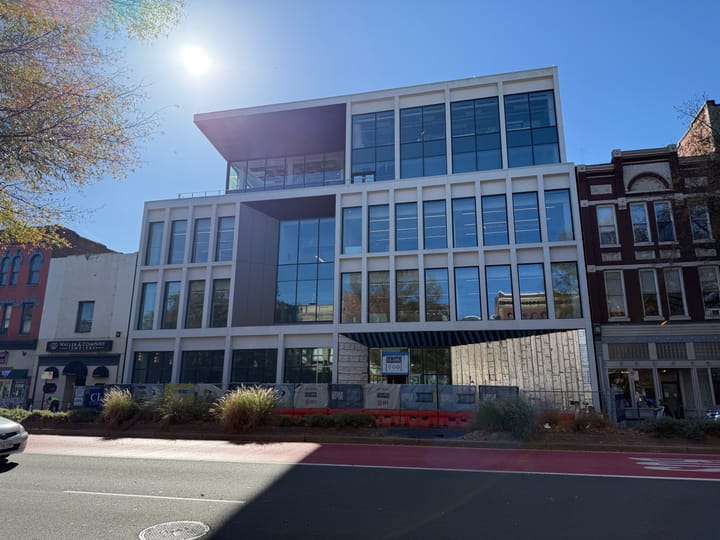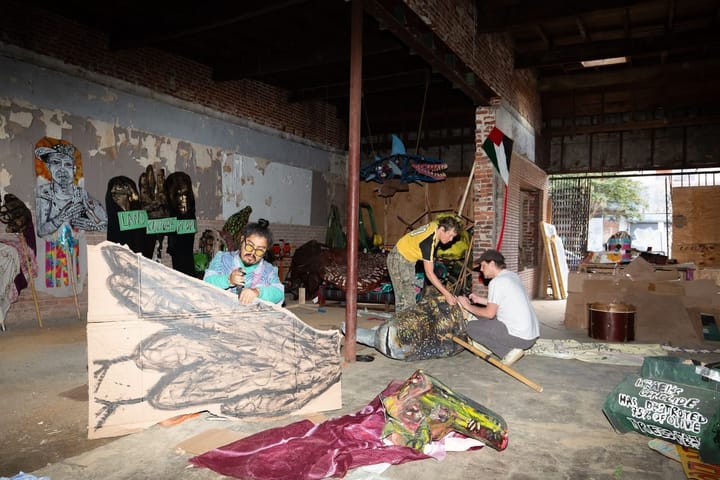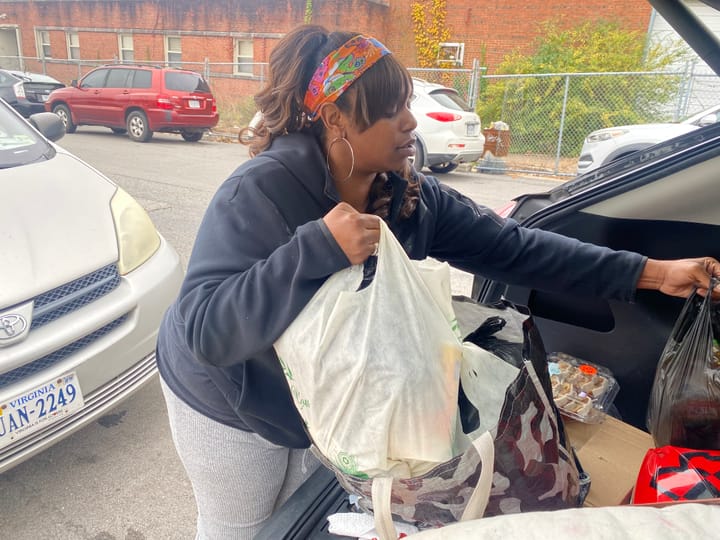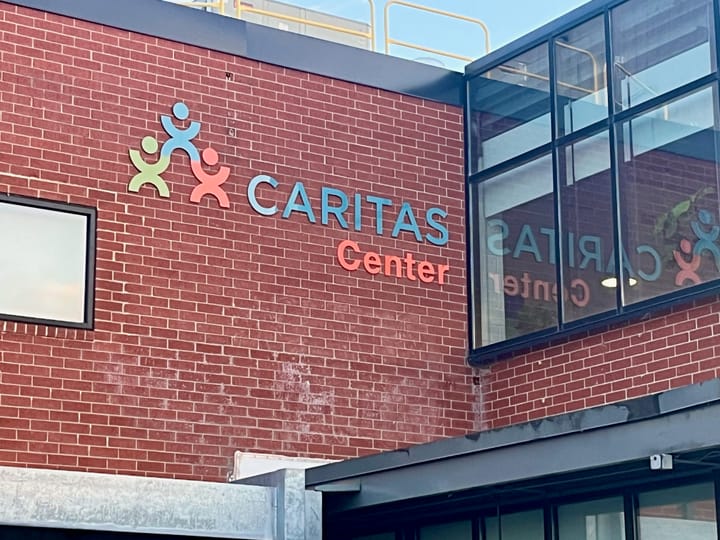25 in '25: Karl Huber's work contributes to the flourishing of Byrd Park
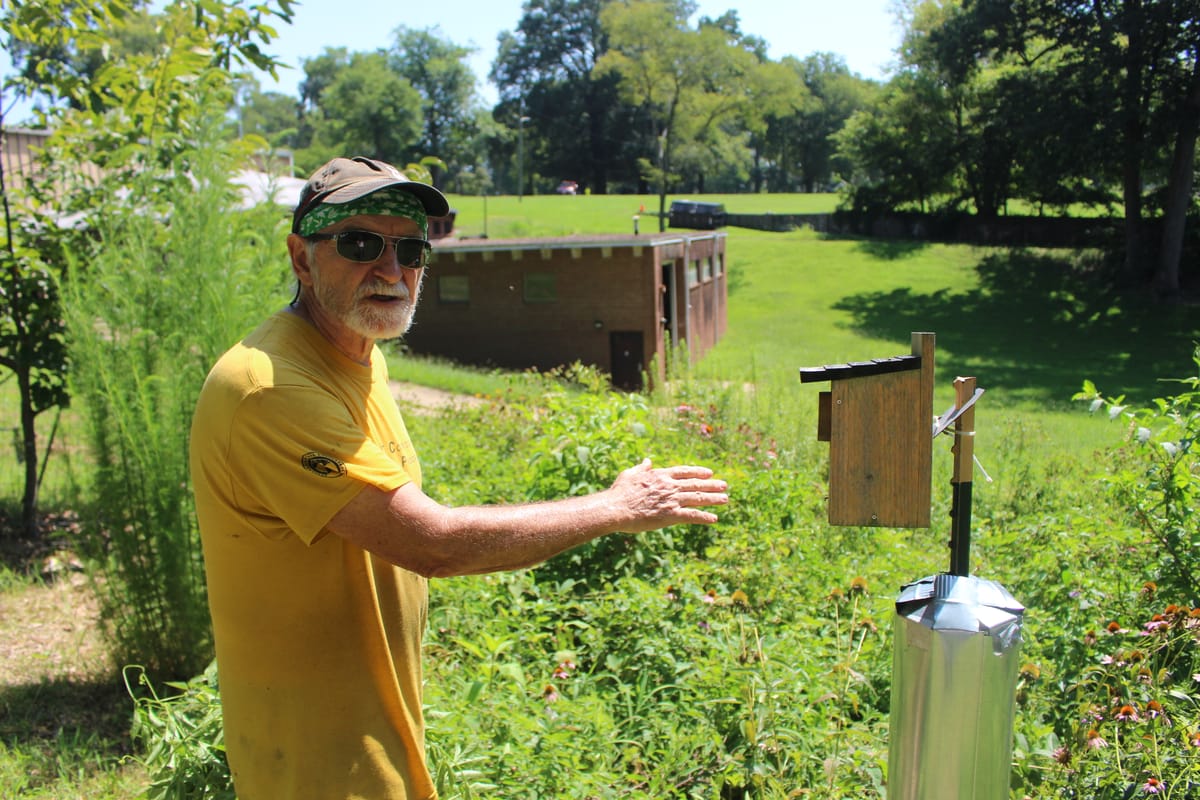
For Karl Huber, the vast swath of kudzu that spread across a dip in the land behind the Dogwood Dell stage wasn’t just unsightly. It was an opportunity.
Kudzu, an invasive vine introduced to the U.S. in the late 20th century that spreads aggressively when left unchecked, had found a haven in this little corner of Byrd Park wedged between the stage, a walkway known as the Bridle Path and a Depression-era stone bridge named for landscape architect Charles Gillette. When Huber began clearing it away in 2020, he found remnants of a prior park, including a stone path and six watering bags for dogwoods that had been strangled by the vine.
“We had everything in there,” said Huber, rattling off a who’s who of plants every forester hates, from autumn olive to Japanese honeysuckle. “You couldn’t walk into it.”
Today, visitors still aren’t supposed to walk into the 70- by 45-yard site, but their view is vastly improved. Under Huber’s hands, the area has been transformed into a pollinator garden that in midsummer is a riot of native blossoms and grasses. On the ridge above sits a line of young American chestnut trees that he has planted as a Richmond contribution to the effort to restore the once-proud species. This year, one began producing chestnuts for the first time.
“I made it so there’s something coming out through the entire year, May through September,” said Huber.
A retired scientist with the Virginia Department of Conservation and Recreation who came to Richmond in 1980, Huber has become a familiar face around Byrd Park.
“Every time I go out to the Dell Meadow or the Carillon woods, I’ll look up and see Karl dealing with trees and invasive species,” said Giles Garrison, a program and operations manager with Richmond Parks and Recreation. “He’s kind of a part of the landscape out there.”
Huber’s touch, invisible though it may be to park visitors, is everywhere. Through his work with the Friends of Byrd Park and Richmond Tree Stewards, as well as his own independent efforts, he has helped seed pollinators, eradicate invasives, lay mulch, stake off sensitive areas, prune trees, create no-mow zones and keep a watchful eye peeled for any chance to keep Byrd Park thriving.
“There’s maybe 3,000 trees in Byrd Park, and Karl probably knows every single one of them,” said Dana Marshall, president of Richmond Tree Stewards.
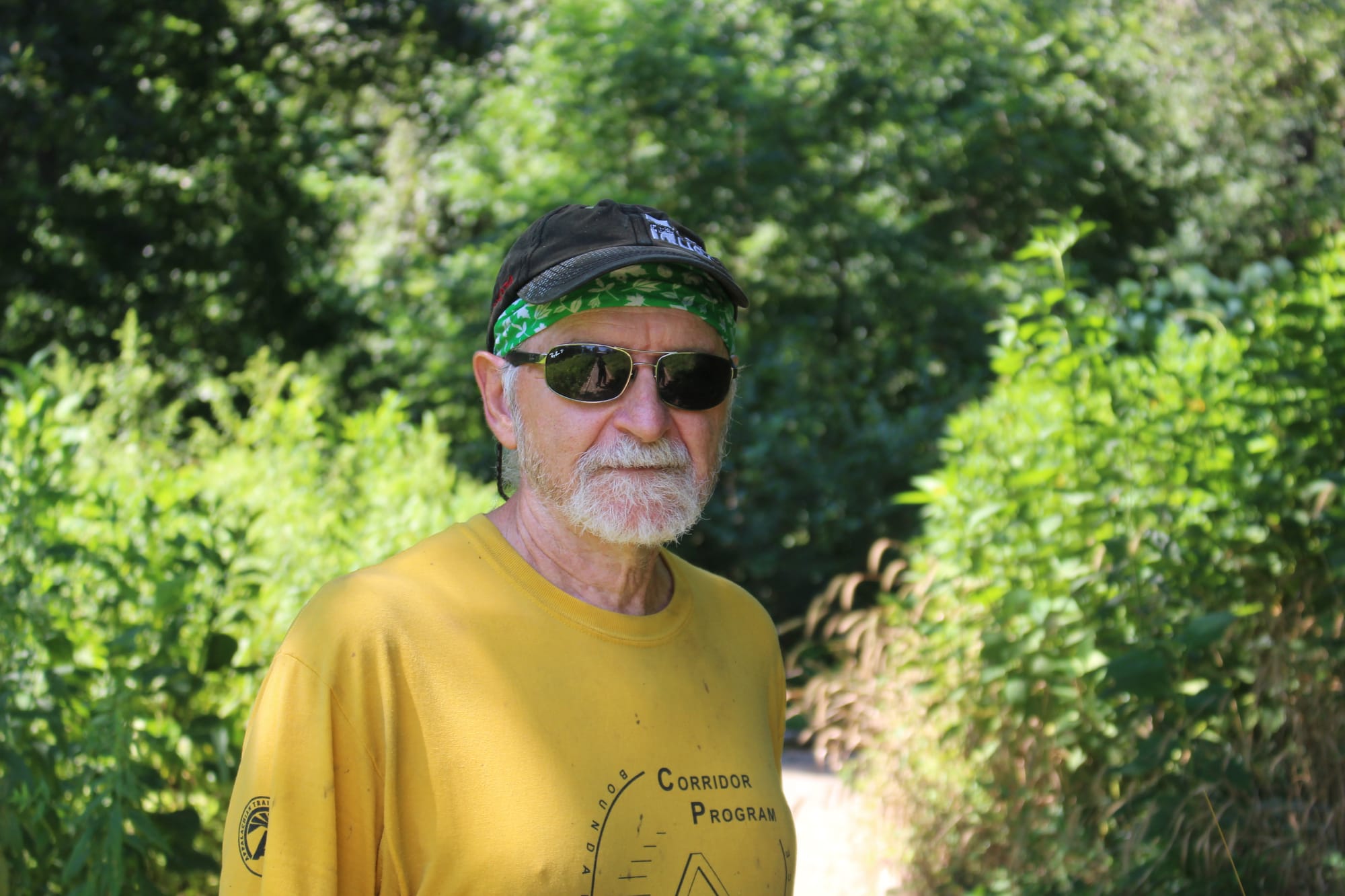
The Dogwood Dell pollinator garden isn’t the only testament to his work. Several years ago, Huber spearheaded efforts by the Friends of Byrd Park to transform a site that had been used by Parks and Rec to store materials into an outdoor learning area that’s now called the Dell Meadow.
Huber saw the potential of the space right away. On one memorable early visit, he recalled, a couple was holding a wedding ceremony against the apocalyptic backdrop of heaps of stone and other building materials.
“It looked like a destroyed city,” he said.
Now transformed into an oasis of pollinators, with a pond and other park features, the space still possesses a spiritual appeal. “There are groups that come here and do mindfulness” practice, said Huber.
The Richmonder is powered by your donations. For just $9.99 a month, you can join the 1,000+ donors who are keeping quality local journalism alive in Richmond.
An ongoing reforestation project is also close to his heart. In 2020, work began to preserve a 26-acre old-growth forest above the Pump House. Now, Friends of Byrd Park, the Virginia Master Naturalists and others are reforesting an adjacent 7.5 acre patch, roping it off to hikers to allow young transplanted trees to grow. Huber is one of the most active volunteers.
Not all his labors are focused on special projects. Much consists of the repetitive, daily tasks of stewardship: encouraging what is good and curbing what is not. While Huber is in Byrd Park as many as six days a week now, every Friday he convenes a group of “Invasitors” to carry out routine work like removing invasive plants from the landscape and putting up bluebird houses (not as easy a job as it sounds — “bluebirds are fussy,” he warned).
The group is enough of a fixture that while The Richmonder talked to Huber for this story in late July, a man walking his dog recognized him and paused to ask about coming out to volunteer. Every Friday, 9 a.m. to 11 a.m., Huber told him.
“He’s a super get-it-done guy,” said Marshall. “He’s a problem solver.” And, both she and Garrison emphasized, “he’s not one to toot his own horn.”
For Huber, the flourishing of Byrd Park seems to be enough of a reward. At the Dogwood Dell pollinator garden, he talked about how wildlife has returned: A fox raised three kits there, keeping an eye on him while he worked. A mother deer brought her fawn. Because nature is not always kind, a coyote also took down a fawn there; it was gone by the next morning.
“That’s a perfect place,” he said at one point, looking up to the ridge where his chestnut trees stand, like sentinels above the waves of native grasses and flowers. “See how the sun’s shining through it?”
Contact Reporter Sarah Vogelsong at svogelsong@richmonder.org


